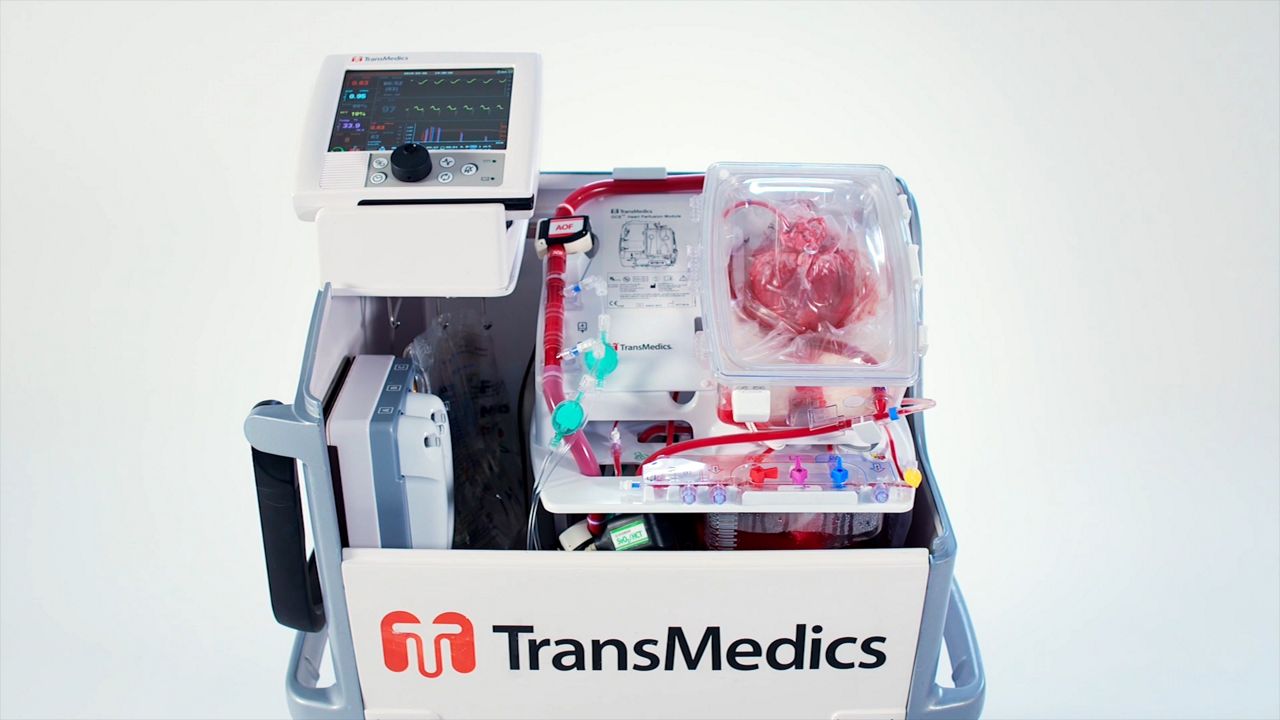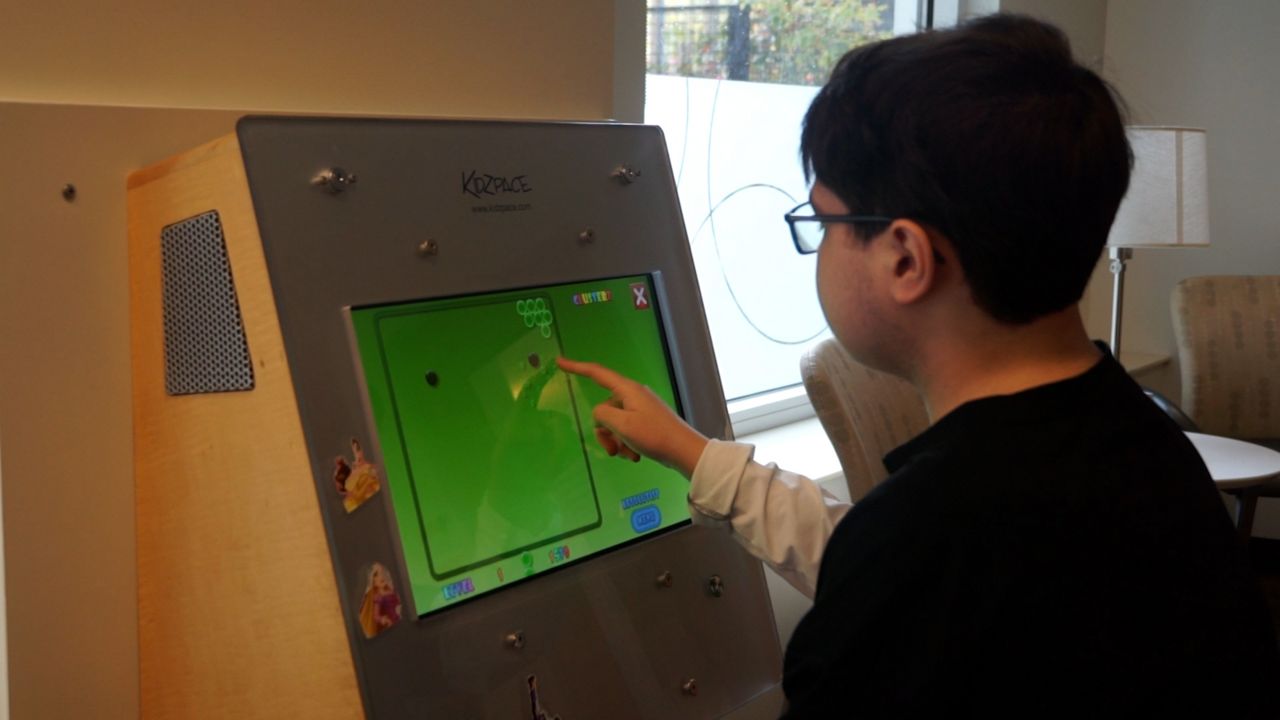CINCINNATI — Performing a heart and lung transplant is complicated enough, between finding a donor and getting the organs to the recipient. But thanks to a new technology, one teenage boy has a second chance at life.
Adrian Perez is a fighter.
“I wanted to go to school, just do a normal life," Perez said.
But his 15 years haven’t been easy, he was diagnosed with Castleman’s Syndrome which can cause lung disease. After coming to California from Mexico for treatment, doctors there said they couldn’t help him.

“I got worse," Perez said. "I got sick, and they said the same thing to my mom that I didn't have an opportunity anymore.”
Doctors said he needed a lung transplant and referred him to Cincinnati Children’s Hospital, which is when Adrian met Dr. Don Hayes, the medical director of the lung transplant program.
“I don't think I'd ever talk to a teenager that was as mature as him telling me that he no longer wanted to use oxygen," Hayes said. "He wanted to be able to live his life, free of any device, and just enjoy life. And so I knew then and there, even before evaluating him, that I already fallen in love with him as a patient.”

After the two met, Hayes and his team discovered Adrian would also need a heart transplant. Thanks to new technology, Adrian didn’t have to wait as long as he would have. The Organ Care System uses a box that pumps blood and oxygen through the organs, mimicking the human body while it’s in transit. So, instead of needing to find organs within four hours of Cincinnati Children’s, doctors were able to widen their search.

“Cincinnati Children's is the first children's hospital in the country to use this device specifically for the lung transplant," Hayes said. "And Adrian was the first patient that we transplanted using this device.”
“He makes that decision for him, but potentially for so many other people and families," said Dr. David Morales, the co-executive of the heart institute as well as chief of congenital heart surgeon at Cincinnati Children's Hospital. "So that’s really important to stress. His first step allows everyone else to follow, opens that door for others. So that’s really an incredible thing.”
Morales performed the complicated 14 hour surgery, he says this new technology brought the heart and lung unattached, the first time a heart and lung transplant has ever been performed that way.
“Here we did the lung transplant part first, connecting the airway, but the lungs really aren’t anchored, so they’re kind of moving around while we’re trying to sew the heart which insult anchored either," Morales said.
Now, as Adrian prepares to go back to his family in California, he is thankful to his mother, who has stuck by his side throughout the entire process.

“Seeing how much he’s suffered for nine years and carrying an oxygen tank and not being able to make activities like he would like to do, now, he’s able to do them," said Adrian's mom, Celia Perez. "I’m very happy and proud. I couldn’t ask for more.”
Thanks to his family and doctor’s support, Adrian is beginning to do things he loved, like skateboarding and playing video games.

“I just want to go back to home, go to school, get some friends, hang out and be with my family. I love to be with my family," Adrian said.
Soon, he’ll be back home with his family just in time for the holidays.
“They always told me that I can do it," he said. "And I kept like going forward for them. So they're like the most important thing for me.”
Morales and his team at Cincinnati Children’s Hospital are also utilizing other technology to shorten the wait time for children on the organ donation list, including using a virtual transplant technology to ensure the size of an organ is the right fit for a recipient as well as using artificial intelligence for devices for partial or full transplants.
Click here for more information on pediatric organ donation.



